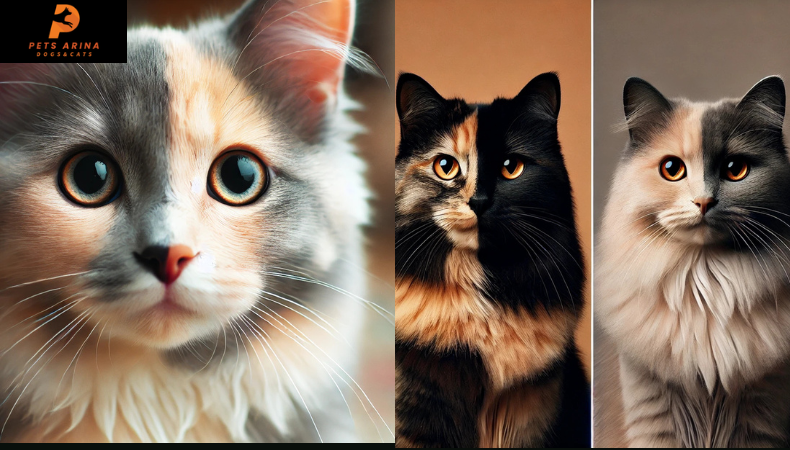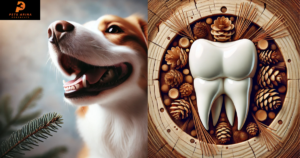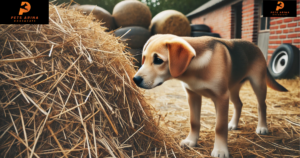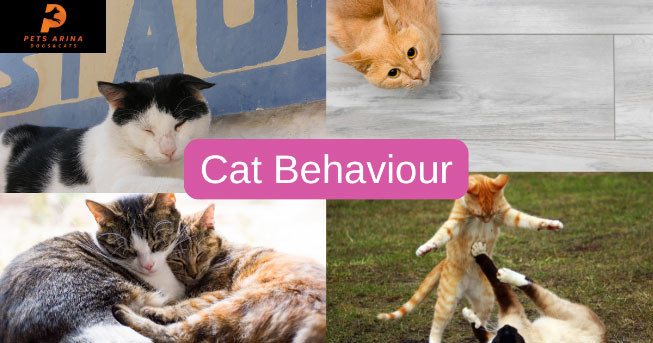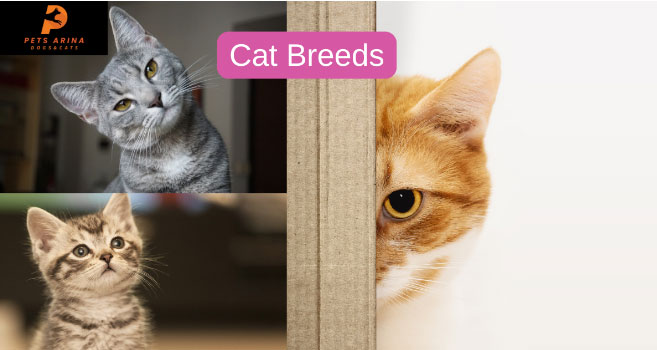Ever met a cat that looks like it was painted with watercolors? That’s what it feels like seeing a dilute tortoiseshell cat for the first time. Unlike regular torties with their bold orange and black, dilute tortoiseshells showcase softer shades of gray, cream, and pastel hues. It’s like nature decided to turn down the volume but left all the charm and personality cranked up.
If you’re thinking about adding one of these unique cats to your family or just curious about what makes them so special, stick around. This guide covers everything from personality quirks to adoption tips and will leave you with all the knowledge you need on dilute torties.
Read Also:
Why Are Black Cats Called Voids?
What is a Dilute Tortoiseshell Cat?

In simple terms, a dilute tortoiseshell cat is a variation of the classic tortoiseshell cat, but with “diluted” or softened colors. Imagine a typical tortie and then wash their colors with a light mist of gray and cream—voila! You have a dilute tortie. Genetics plays the starring role here, with a specific modifier gene that reduces the intensity of their fur’s pigmentation.
Most tortoiseshell cats inherit the combination of two coat colors: black and orange. Dilute tortoiseshells have the same genetic makeup, but thanks to this dilution gene, the colors come through in softer, muted versions, creating a unique, dreamy appearance. Statistically, the majority of tortoiseshell and dilute tortoiseshell cats are female, with about 1 in 3,000 torties being male due to the specific genetic makeup linked to the X chromosome (source: National Human Genome Research Institute). So if you ever meet a male dilute tortie, consider yourself lucky!
Dilute Tortoiseshell Cat Personality
So, are these cats as unique in personality as they are in appearance? Absolutely! If you’ve ever heard the term “tortitude,” you might know that tortoiseshell cats have a reputation for being a bit feisty and independent. Dilute torties are no exception. They may have a softer appearance, but don’t let that fool you—they’re known to bring all the sass and spunk.
Now, not every dilute tortie has that classic tortitude. Some are laid-back and affectionate, preferring to nap beside you rather than give you the “I’m-the-boss” stare. It’s part of the fun: with dilute torties, you’ll never know what you’re going to get. According to Veterinary Behaviorists, tortoiseshell and dilute tortoiseshell cats often develop strong bonds with their owners and can show a mix of playful independence and affection.
How Rare are Dilute Tortoiseshell Cats?
Wondering just how rare these pastel-hued beauties are? While not as uncommon as some purebred cats, dilute tortoiseshells are far less common than their classic tortie counterparts. The “dilute” gene responsible for their color is a recessive one, meaning both parents need to carry it for a kitten to be born with these colors. According to genetic research by the American College of Veterinary Genetics, this combination is unusual but not impossible, making dilute torties rare enough to stand out but not as rare as mythical creatures.
And when it comes to male dilute tortoiseshell cats? Well, that’s a whole other story. Male tortoiseshell and dilute tortoiseshell cats are exceptionally rare due to their unique chromosomal pattern. Only around 1 in 3,000 torties is male, and most of those have an XXY chromosome configuration rather than the typical XY (source: Cornell Feline Health Center).
Types of Dilute Tortoiseshell Cats: Blue-Cream, Gray, and More
Dilute tortoiseshells don’t just come in one shade—they vary! Here are some of the common variations:
- Blue-Cream Dilute Tortoiseshell Cat: These are perhaps the most popular type, with a soft, misty blend of blue-gray and cream. Imagine a cat wrapped in pastel clouds—yep, that’s a blue-cream dilute tortie.
- Gray Dilute Tortoiseshell Cat: This variety has a mix of gray and cream with hints of peach. They almost look like an impressionist painting in cat form, with colors that seem to flow and blend effortlessly.
Each dilute tortoiseshell is unique in pattern, making them not only visually stunning but also endlessly fascinating. With no two cats exactly alike, owning one feels like having a one-of-a-kind masterpiece.
Dilute Tortoiseshell Cat Price: What to Expect
You might wonder about the price to welcome a dilute tortoiseshell into your home. These cats can sometimes be found in shelters or through rescues, where the adoption fee may range from $50 to $150. However, if you’re purchasing one through a breeder, especially for a specific coat type or length, expect to pay upwards of $500.
It’s worth noting that many people find dilute torties through shelters rather than breeders. According to the ASPCA, adopting from a shelter helps a cat in need and saves you significant costs in adoption fees and initial veterinary care.
Adopting a Dilute Tortoiseshell Cat
Adopting is a fantastic option if you’re looking for a dilute tortie. Many shelters have torties and dilute torties up for adoption, and though it might take some patience, finding one is worth the wait. Websites like Petfinder allow you to filter by coat color, so you can specifically search for dilute tortoiseshell cats near you.
If you’re adopting, check local shelters, rescues, and even online adoption platforms. And don’t be surprised if your new dilute tortie comes with a bit of an attitude—it’s just part of their charm!
Dilute Tortoiseshell Cats and Health
In general, dilute tortoiseshell cats don’t face specific health issues related to their coat color. However, like all cats, they benefit from regular vet check-ups and preventive care. If you come across a male dilute tortie, be aware that they may have unique health considerations due to their rare XXY genetic makeup, which can sometimes lead to reproductive or hormonal issues (source: Cornell Feline Health Center).
Just like any other cat, dilute torties should have a balanced diet, regular exercise, and annual vet visits to keep them healthy and happy. American Veterinary Medical Association (AVMA) recomendation is, regular vet check-ups can help catch any health related issues early, ensuring your cat lives a long, purr-filled life.
Grooming a Dilute Tortoiseshell Cat
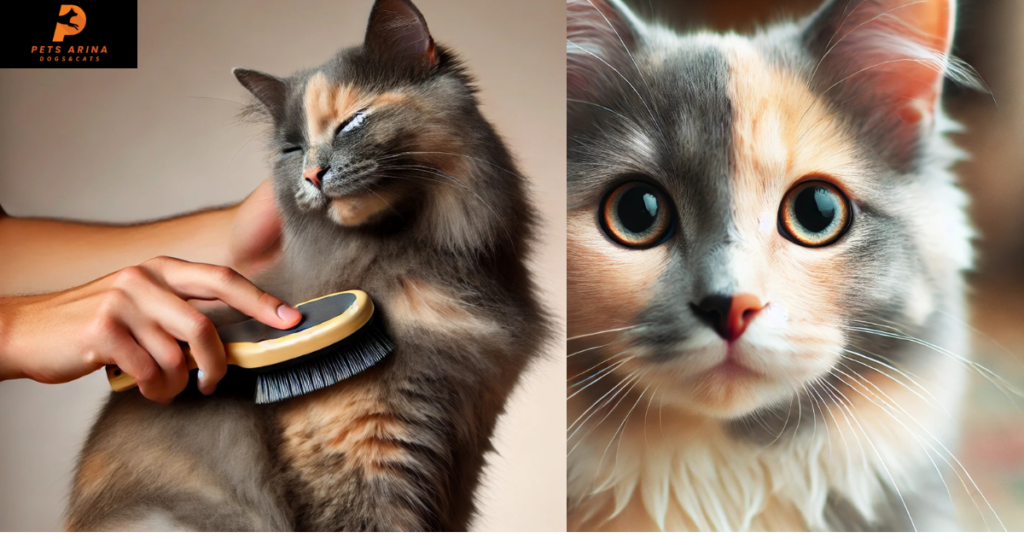
Grooming a dilute tortie depends on whether they’re long-haired or short-haired. Long-haired dilute torties require regular brushing to prevent matting and keep their fur sleek and shiny. Personally, I find brushing to be a bonding experience—there’s nothing quite like the look of a content cat purring away as you comb out those fluffy tufts.
Short-haired dilute torties are easier to groom. A weekly brush will do the trick, helping to keep shedding down and their coat healthy. And here’s a tip from personal experience: if you get them used to grooming early, it’ll become a routine they look forward to—almost like a spa day.
FAQs About Dilute Tortoiseshell Cats
Are Dilute Tortoiseshell Cats Rare? Yes, dilute tortoiseshells are less common than regular torties due to the need for a “dilution” gene. Male dilute torties are extremely rare due to genetics, with only 1 in 3,000 torties being male (source: Cornell Feline Health Center).
Do Dilute Tortoiseshell Cats Shed? Like most cats, dilute torties shed, especially during seasonal changes. Regular grooming can help minimize shedding and reduce hairballs.
Can Male Cats be Dilute Tortoiseshells? They can, but it’s scarce. Male dilute tortoiseshells usually have an XXY chromosomal configuration, a genetic anomaly. This rarity makes them even more special!
Are Dilute Tortoiseshell Cats Affectionate? Their affection level can vary. Some dilute torties are total lap cats, while others prefer a bit of independence. But when they do choose to snuggle, it’s often with gusto!
What’s the Difference Between a Tortoiseshell and a Dilute Tortoiseshell Cat?The main difference is color intensity. While traditional torties have bold blacks and oranges, dilute torties have softer, muted colors like gray and cream.
Conclusion
Owning a dilute tortoiseshell cat is like having a little piece of art in your home. With their beautiful muted colors, unique personalities, and occasional “tortitude,” they bring a wonderful mix of elegance and sass to your life. Whether you’re adopting from a shelter or simply admiring one from afar, dilute torties are sure to leave a lasting impression. So if you’re lucky enough to come across one, don’t hesitate—these pastel beauties are treasures waiting to be discovered.

